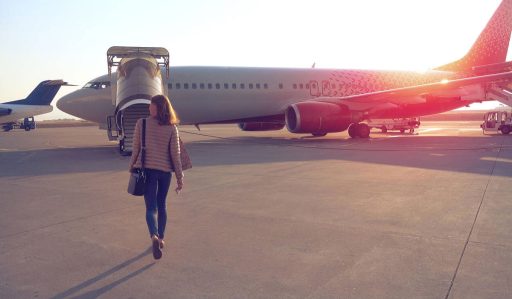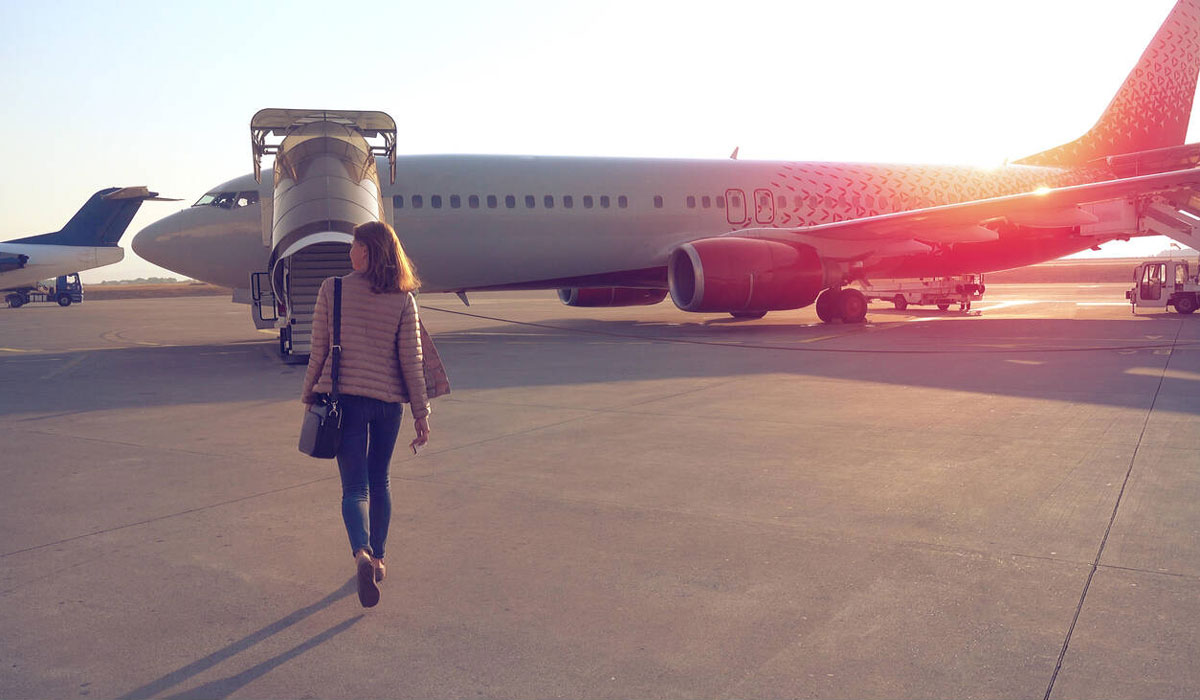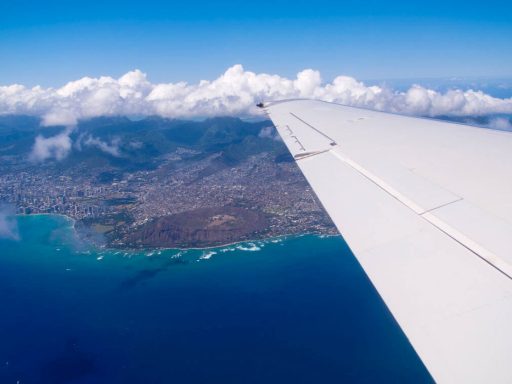Discovering the cheapest time to buy flights can feel like unearthing a hidden treasure chest, but the right strategy makes it surprisingly achievable. Below you’ll find data-backed tips that frequent-flyer pros and airfare analysts use every day.
We’ll break down how airline pricing works, what recent studies say about the best booking windows, and which seasonal patterns consistently drive prices down. By the end, you’ll know exactly when and how to pounce on the lowest fares.
In short, this guide demystifies the process so you can lock in the best possible airfare for every trip.
When is the Cheapest Time to Buy Flights 2025?

Book early, but not too early. Major studies by Google Flights and Expedia/ARC agree that average prices reach their floor roughly one to three months before a domestic trip and about three to six months before long-haul travel. For example, Google’s 2023 analysis found the lowest fares on U.S. routes 54–78 days out, while Expedia’s 2025 Air Hacks Report recommends booking domestic tickets 34–86 days in advance. Waiting until the last two weeks typically sends prices soaring.
Book on a Sunday, fly mid-week. Contrary to the old “Tuesday” myth, Expedia’s 2025 data shows that purchasing tickets on a Sunday trims up to 13 % off international fares. However, the day you depart still matters: flying on Tuesday, Wednesday, or Saturday often costs less than Monday or Friday because demand is lower.
Time of day counts too. Crack-of-dawn and late-night departures are less popular, so airlines frequently discount those seats. If you can handle an early alarm, or a red-eye, you’ll usually pay less than for prime midday slots.
Stay flexible. Search engines with “±3 days” or “calendar view” filters (e.g., Google Flights, Skyscanner, Momondo) reveal cheaper options a day or two away from your ideal date. Shifting even 24 hours can shave double-digit percentages off the fare.
Avoid price spikes around peak periods. Holidays, major festivals, and school breaks trigger demand surges that airlines monetize immediately. If your schedule allows, consider traveling just before or after these peaks to find quieter airports and more favorable prices.
Reserve Budget Flights By Booking in Advance
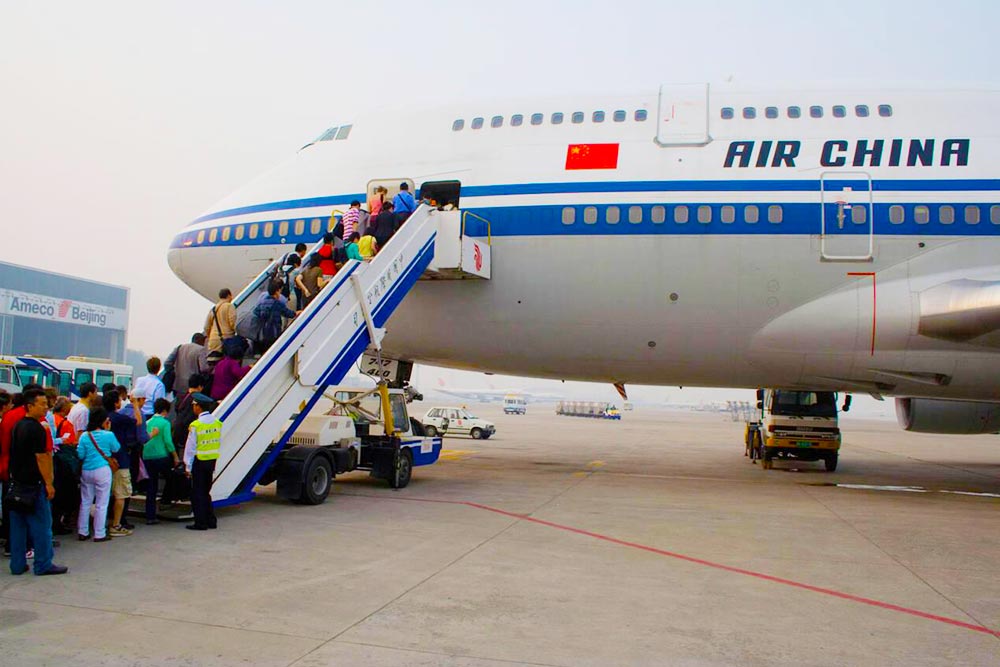
Low-cost carriers (LCCs) release only a limited number of “ultra-saver” seats at launch. Booking early captures those seats before demand pushes the fare ladder up. For popular holiday corridors, aim for the very first sale (often six-plus months out).
For shoulder-season trips, the one-to-three-month domestic and three-to-six-month international windows still apply. Early booking also gives you first pick of add-ons, exit-row seats, checked-bag bundles, or meal vouchers, at their lowest à-la-carte price. Those extras become costlier (or sell out) as departure nears.
Cheapest Days to Book Flights

Data from ARC’s 2024 and 2025 ticketing databases shows that Sunday is consistently the least-expensive booking day for both domestic and international travel. Why? Leisure travelers shop on weekends, giving airlines an incentive to seed eye-catching sale fares then.
By contrast, Tuesday and Wednesday remain the cheapest days to fly (especially for domestic trips), because business travelers prefer Monday/Friday schedules and vacationers target weekend departures. Practical takeaway: set fare alerts, shop on Sunday, and favor Tuesday or Wednesday take-offs to stack the biggest discount.
Buy at Affordable Prices During the Off-Peak Travel Times
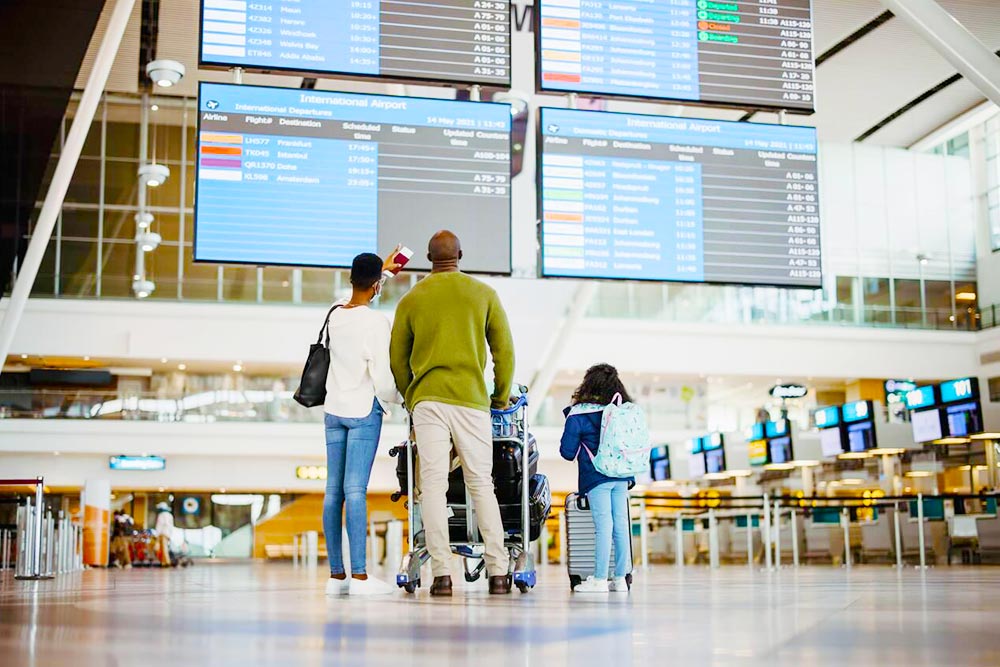
Airlines discount lightly filled flights to balance their load factors. Crack-of-dawn, late-evening, and red-eye departures usually fit that description, as do mid-week travel dates outside summer or Christmas peaks. Along with cheaper fares, you’ll encounter shorter security lines and less crowded cabins.
Consider Budget Airlines
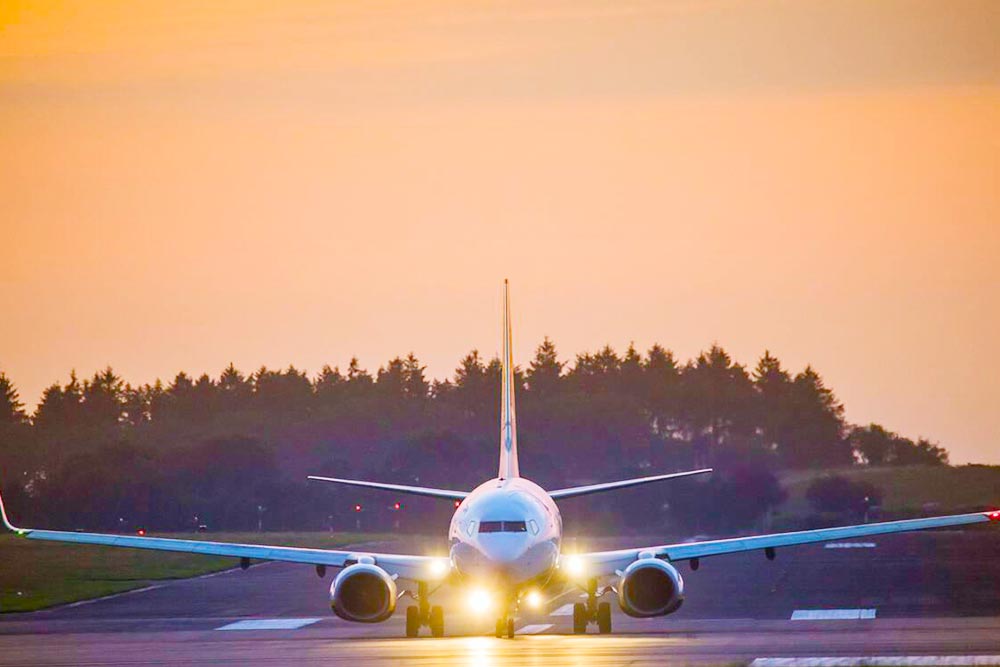
Low-cost carriers strip frills from the base fare, which lets them undercut legacy rivals, sometimes by 40 % or more on identical routes. Use Google Flights filters, Skyscanner price alerts, and Momondo meta-search results to compare LCCs against full-service carriers.
Always tally mandatory extras, checked bags, seat assignment, priority boarding, so you’re comparing true door-to-door cost. Even after add-ons, LCCs frequently win the price war on short-haul sectors.
Cheapest Airlines in the World to Book in 2025

Skytrax’s 2024 rankings and independent price-tracking apps routinely place the following low-cost carriers among the most affordable worldwide. Actual ticket prices vary by route and date, but each airline below advertises frequent sub-US$100 sale fares on short-haul sectors:
- AirAsia: Repeated Skytrax winner; flash sales often start below US $30 within Southeast Asia.
- Peach Aviation: Japan-based LCC known for bargain hops between major Japanese cities and Korea/Taiwan.
- Scoot: A Singapore Airlines subsidiary with promo fares under US $100 on regional Asian routes and competitive long-haul economy deals.
- Wizz Air: Eastern-Europe powerhouse offering €10–€50 seats across the continent and into the Middle East.
- Spirit Airlines: Ultra-low-cost leader in the U.S.; rock-bottom base fares offset by à-la-carte fees.
- Jetstar: Australia-based LCC with frequent AU$69 “Club Jetstar” sales around the South Pacific.
- Ryanair: Europe’s traffic giant; 99 cent seat promos still pop up on quieter routes.
- SpiceJet: Fares under ₹2,000 (≈ US $24) on many Indian domestic legs during sales.
- Eurowings: Lufthansa’s budget arm; regular €29 promotions across continental Europe.
- Viva Aerobus: Mexican ULCC with peso-denominated fares that translate to sub-US $50 on domestic hops.
Remember: advertised base fares exclude extras, so verify total cost before purchase.
Look for the Best Deals from the Airlines

Airlines run flash sales to stimulate demand on specific routes. Follow their social feeds, subscribe to promo newsletters, and watch for:
- Seasonal sales events. New Year, Black Friday, and Cyber Monday routinely bring wide-ranging discounts.
- “Quiet-season” promos. Late August and early November often see blanket fare drops as demand dips after peak travel.
- Last-minute seat dumps. Unsold seats seven days out may re-price sharply lower, ideal for spontaneous trips.
- Mid-week fare adjustments. Tuesday/Wednesday still see competitive re-pricing as carriers match rivals’ weekend sales.
- Loyalty-subscriber exclusives. Many airlines give their email list first crack at promo codes or 24-hour advance sales.
- Flexible-date searches. Matrix-style fare grids spotlight hidden discounts that only appear on specific days.
Avoid Booking Flights During the Peak Travel Seasons
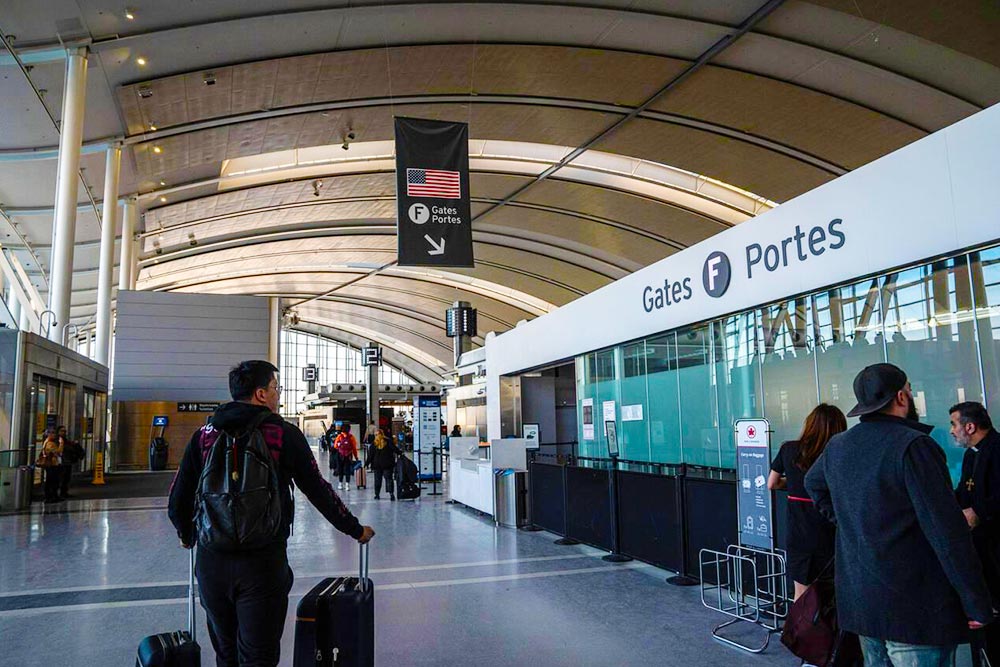
Peak periods, Christmas/New Year, late-June through mid-August, and major festivals, compress demand into short windows, letting airlines raise prices dramatically. Traveling just before or after those dates drops fares by 20–40 % and often halves hotel costs. You’ll also breeze through airports with fewer queues.
Clear Your Cookies When Searching for Flights

The idea that airlines hike fares because you’ve searched repeatedly is largely a myth. Independent tests by consumer advocates and statements from Google Flights engineers confirm that price shifts reflect real-time seat inventory and market demand, not browser cookies. That said, using incognito mode or multiple devices won’t hurt, and it prevents cached results from tricking you into thinking a fresh price jump just occurred.
Bottom line: if a fare spikes, it’s almost always because inventory in a cheaper “fare bucket” sold out, not because your browser betrayed you.
Signing Up for Fare Alerts From Airlines
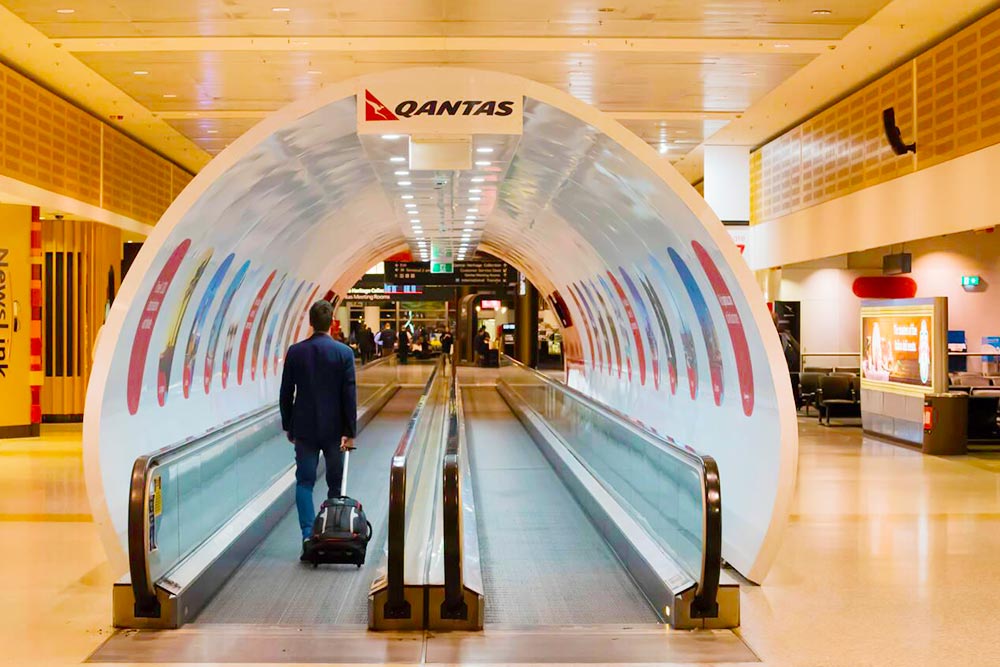
Fare alerts from Google Flights, Skyscanner, Kayak, Hopper, and the airlines themselves give you an instant heads-up when a route drops into the bargain zone. Set multiple alerts (dates ±3 days) six months out for international trips and three months out for domestic. When an alert pings, act fast, sale inventory can vanish in hours.
Cheapest Time to Buy Flights for the Seven Continents
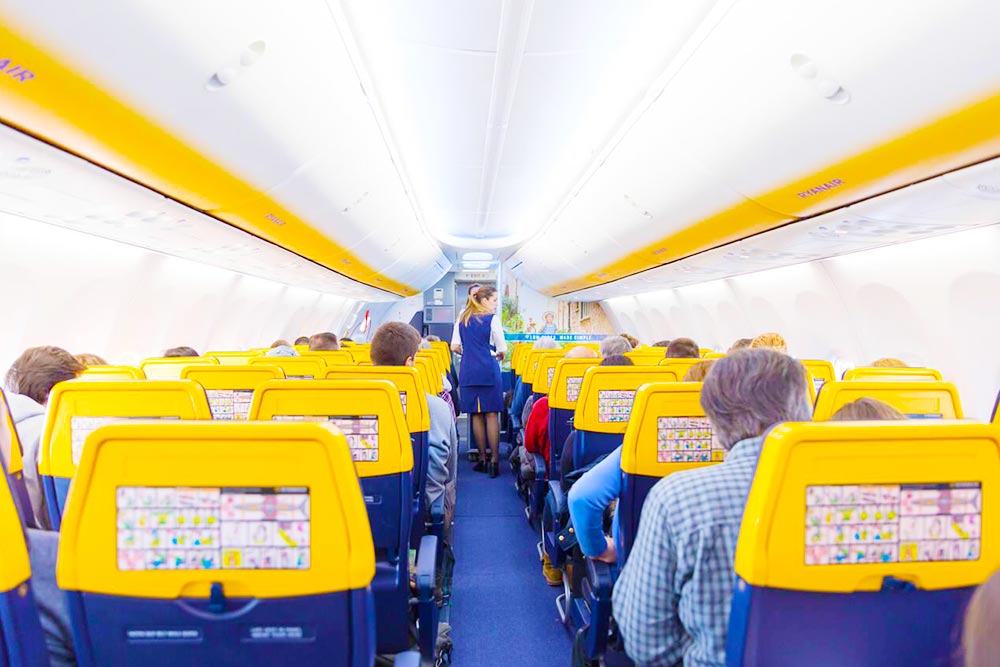
Based on recent ARC, Expedia, Hopper, and Kayak data, here’s a continent-by-continent snapshot of typical low-fare months. Your mileage may vary by city pair, but these windows are excellent starting points:
– North America: January – early February remain the cheapest months for domestic flights to North America, thanks to post-holiday demand slumps. – South America: September to early-November routinely beats peak-summer prices by 25 % or more.
– Europe: The cheapest time to fly to Europe in 2025 is late October through March, excluding Christmas week.
– Asia: Many routes bottom out during the late-summer monsoon (late August–September) and again in February after Lunar New Year.
– Africa: Shoulder seasons, April–May and mid-September–November, undercut peak-safari months
– Australia: Spring (September–November) and autumn (March–May) fares are typically 15–30 % lower than December or July peaks. – Antarctica: Flights to the gateway cities (Punta Arenas, Ushuaia) and charter seats onto the continent operate only from November–March. Space is limited, so commit 9–12 months out for the best rates.
Conclusion
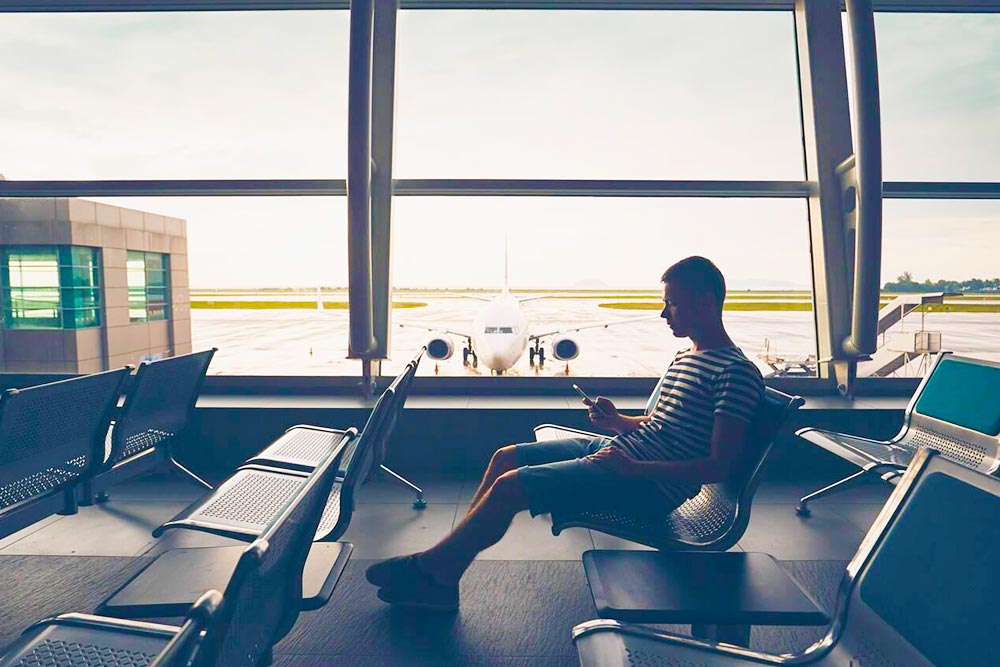
There’s no single “magic minute” to book every flight, but the patterns are clear: watch fares early, pounce in the optimal booking window, aim for Sunday purchases, and stay flexible on travel dates, especially toward shoulder seasons and mid-week departures. Combine those habits with fare alerts and a willingness to consider budget airlines, and you’ll consistently beat the crowd to the lowest prices. Happy hunting, and safe travels!
Sources
- Expedia & ARC, “Air Travel Hacks Report 2024” and “Air Hacks 2025”
- Google Flights, “3 Ways to Find a Great Deal with Google Flights,” Aug 2023
- Skytrax World Airline Awards 2024 – World’s Best Low-Cost Airlines
- Hopper, “Summer 2025 International Travel Guide” & “Summer 2025 Travel Outlook”
- Kayak, “Best South America Flight Deals,” 2025 update
- Skyscanner, flight-price insights and “Whole-Month” tool guides, 2025
- New York Post, “Will clearing your search history make flight prices cheaper?”, June 3 2025
- The Guardian, “Beware the cookies: they can cost you money,” Aug 6 2010
- Wired, “Airfare Prediction Algorithms Are Going Haywire,” 2022
Frequently Asked Questions
The cheapest day to book flights can vary depending on several factors, but generally, booking flights on Tuesdays or Wednesdays tends to offer the best deals. Airlines often release their discounted fares on Tuesdays, and other airlines may match those prices by Wednesday. Additionally, airlines typically announce sales and promotions early in the week, making Tuesday and Wednesday prime days to snag cheaper tickets.
The ideal timeframe for booking a flight in [year] largely depends on your destination, travel dates, and other factors. However, as a general guideline, it's advisable to book international flights around 2 to 3 months in advance to secure reasonable fares, especially for popular routes and peak travel seasons. For domestic flights, booking 1 to 3 months ahead is typically sufficient, although prices can vary based on factors like demand and route popularity.
Booking a flight five years in advance is typically not possible with most airlines. Generally, airlines release flight schedules and open bookings around 11 to 12 months in advance. Occasionally, some airlines may allow bookings slightly further ahead, but it's rare to find options for booking flights five years in advance.


